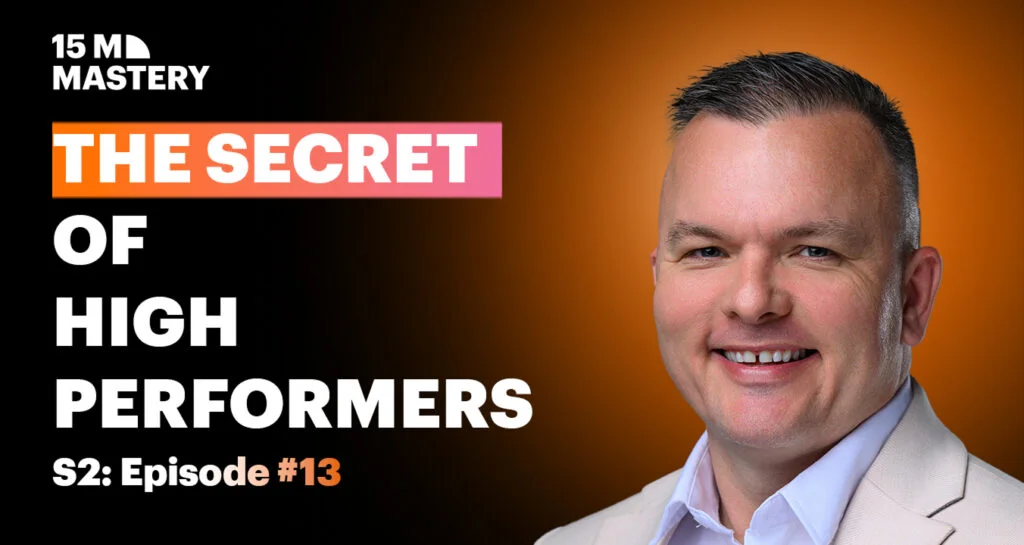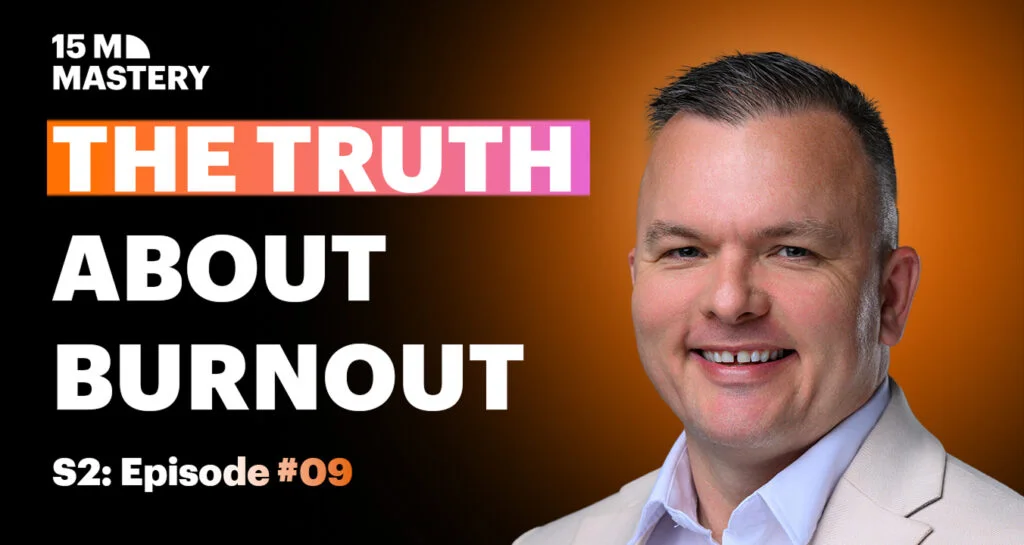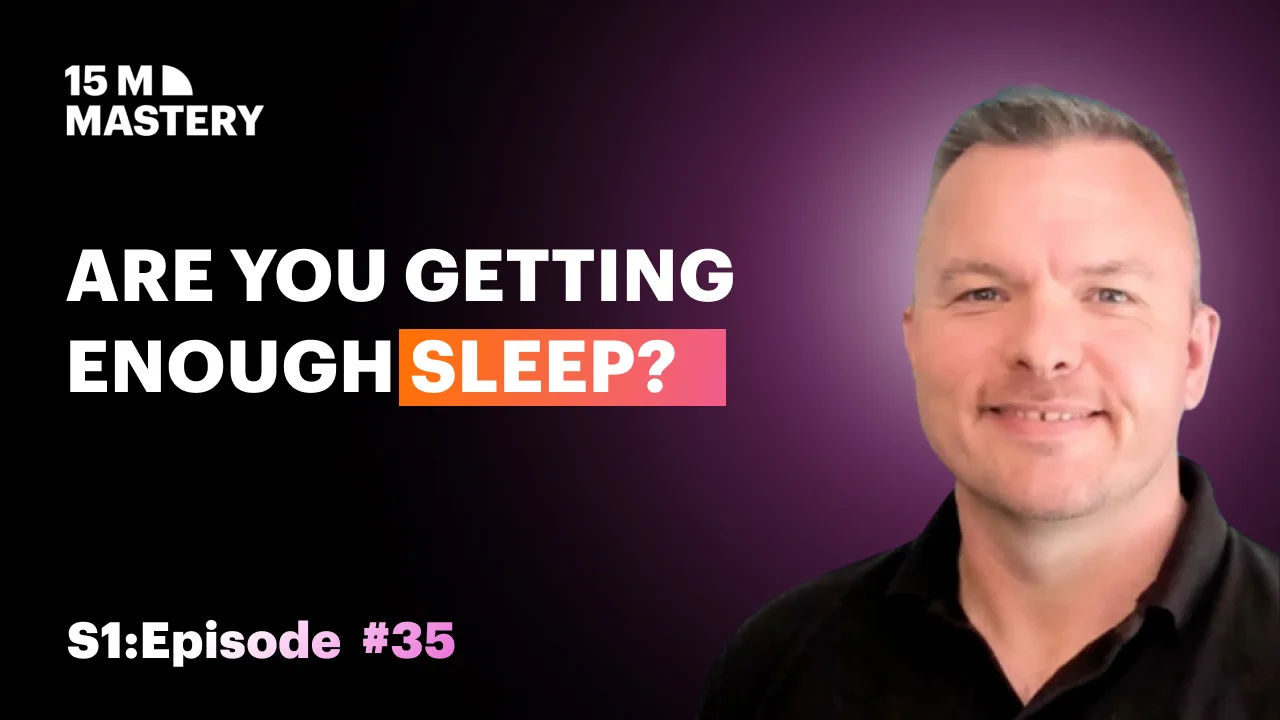Mastering Productivity: Time Blocking, Deep Work, and Overcoming Overwhelm
Signs You’re Struggling With Productivity
Spotting productivity struggles early makes all the difference, according to Leo. If you’re a manager, a clear early warning is diminishing quality of your team member’s output.
As Leo explains, poor productivity often links directly to a lack of effective prioritisation, not workload alone:
“It’s usually a prioritisation issue. Prioritising really comes down to what you say no to,”
Leo states. He emphasises helping individuals in your team learn to decline tasks that are not truly essential.
For individuals themselves facing overwhelm, Leo recommends adopting a refined version of the Eisenhower Matrix. Instead of dividing tasks evenly, this model integrates the Pareto principle:
- Only 20% of tasks are genuinely important.
- Urgent and important tasks get immediate attention.
- Important but non-urgent tasks go into your planned schedule.
- 80% of remaining tasks should go onto a “not do” list.
Effective Prioritising Through Time Blocking
Once you’ve determined priorities, the next step is exerting control over your time. Leo advocates using time blocking, a method proven effective but often misunderstood in practice.
He highlights a common misconception:
“Some people feel time blocking creates too much rigidity. They think they’re not accommodating enough to others,” Leo explains. He warns that trying to accommodate everyone inevitably leads to overwhelm and even imposter syndrome.
Instead, Leo suggests blocking periods for deep work and tasks—not the entire calendar—allowing flexibility to handle unexpected developments. Creating a schedule based on energy levels and type of work encourages maximum productivity and focus.
Implementing time blocking effectively involves:
- Scheduling deep work during times your energy naturally peaks.
- Reserving certain blocks specifically for accessible meeting slots.
- Marking deep work times clearly as unavailable to protect strategic work moments.
Deep Work: Unlocking Your Creative Flow State
Central to mastering productivity is understanding the concept of deep work, popularised by Cal Newport. Productive deep work involves uninterrupted, high-focus sessions working on strategic, creative, and intensive tasks.
Leo notes that just 90 minutes to two hours of deeply focused effort drastically improves outcomes because the brain enters a “default mode”:
“This happens when your mind fully disconnects. It finds new connections that daily stress and distractions obscure. For complex problem solving, disconnecting is essential.”
How do you create conditions for successful deep work? Leo recommends a technology-free zone:
- Use analog methods like paper for complex tasks.
- Turn off notifications and limit interruptions robustly.
- Start with even 20-minute deep work sessions and gradually build up.
Balancing Sprints and Marathons for Sustainable Productivity
Sustaining high productivity over the long term entails balancing periods of intense focus (sprints) with strategic rest and regrouping (the marathon).
Leo stresses grouping similar tasks to avoid context switching, explaining:
“Like repeatedly turning a lamp on and off, switching starts to burn out your mental energy.”
To avoid productivity burnout:
- Group tasks into blocks of similar activities.
- Notice early signs of energy decline by cultivating self-awareness.
- Pause to rest and recalibrate before productivity collapses.
Recovering Quickly When Your Productivity Collapses
Even the best planners face days where everything seems to unravel. So, how can someone recover swiftly?
Leo offers practical advice for these challenging scenarios:
“If things completely fall apart, step back. First, identify and prioritise the most critical issue. Then approach the problem strategically rather than rushing blindly.”
Firefighting is inevitable. Leo believes the mark of a true productivity master lies in strategically choosing how to react, rather than falling victim to chaos.
Leo’s Productivity Blueprint for Lasting Change
Achieving sustained high productivity is not about perfect planning but flexibility, strategic insight, and self-awareness. By carefully prioritising your tasks, employing strategic time-block approaches, and utilising deep work sessions, you take charge of your schedule and mental energy.
Ultimately, the techniques Leo Judkins recommends promise not only better productivity outcomes but also increased clarity, creativity, and quality of life—making them an invaluable approach for managers and professionals across industries.




